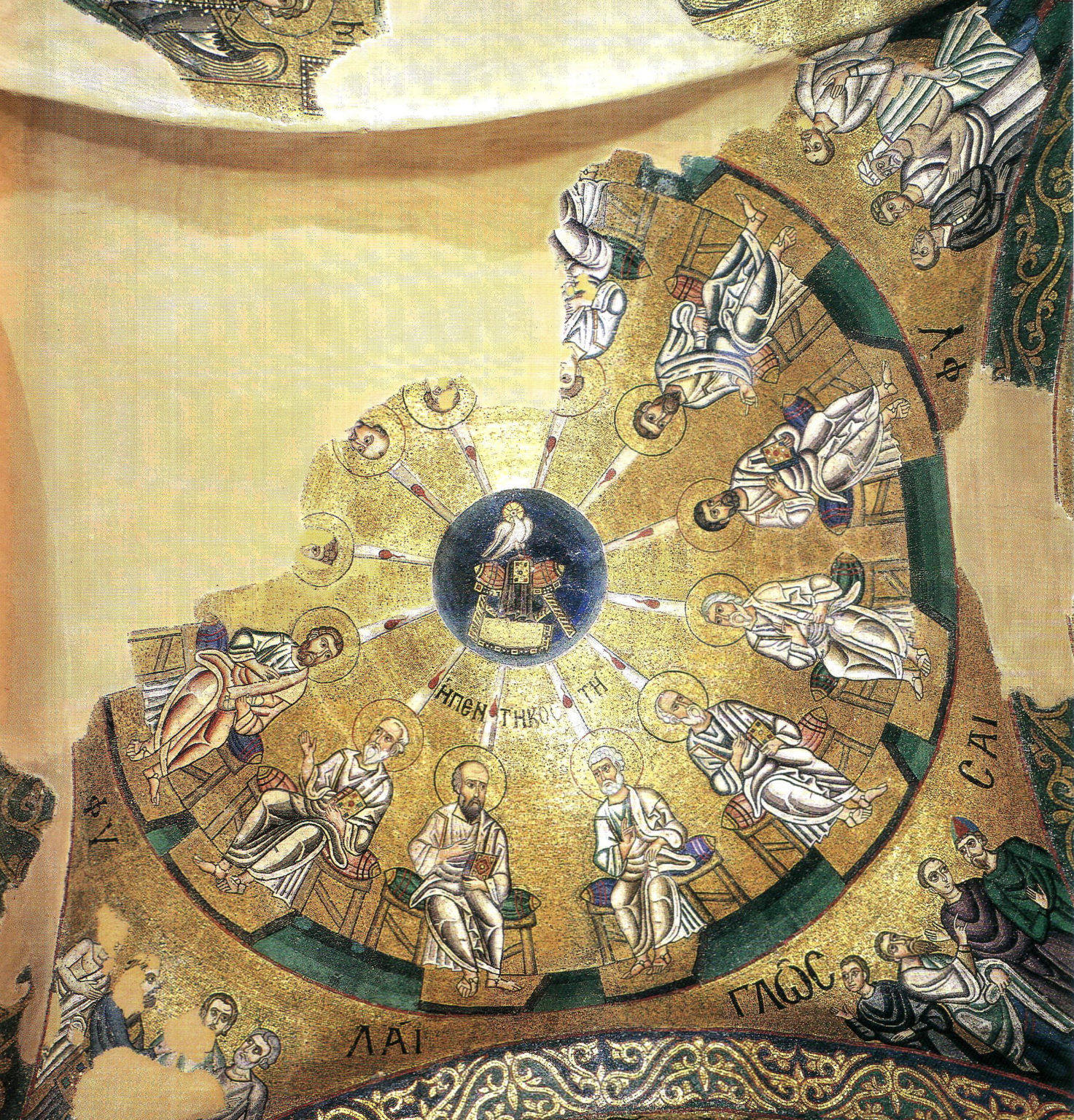
In an influential article of 1942, Introduction to an "Iconography of Mediaeval Architecture", Richard Krautheimer, a specialist on early medieval churches and another German émigré, extended iconographical analysis to architectural forms. In the United States, where Panofsky immigrated in 1931, students such as Frederick Hartt, and Meyer Schapiro continued under his influence in the discipline. Panofsky codified an influential approach to iconography in his 1939 Studies in Iconology, where he defined it as "the branch of the history of art which concerns itself with the subject matter or meaning of works of art, as opposed to form," although the distinction he and other scholars drew between particular definitions of "iconography" (put simply, the identification of visual content) and "iconology" (the analysis of the meaning of that content), has not been generally accepted, though it is still used by some writers. In the early-twentieth century Germany, Aby Warburg (1866–1929) and his followers Fritz Saxl (1890–1948) and Erwin Panofsky (1892–1968) elaborated the practice of identification and classification of motifs in images to using iconography as a means to understanding meaning. Mâle's l'Art religieux du XIIIe siècle en France (originally 1899, with revised editions) translated into English as The Gothic Image, Religious Art in France of the Thirteenth Century has remained continuously in print.

These early contributions paved the way for encyclopedias, manuals, and other publications useful in identifying the content of art. They looked back to earlier attempts to classify and organise subjects encyclopedically like Cesare Ripa's Iconologia overo Descrittione Dell’imagini Universali cavate dall’Antichità et da altri luoghi and Anne Claude Philippe de Caylus's Recueil d'antiquités égyptiennes, étrusques, grècques, romaines et gauloises as guides to understanding works of art, both religious and profane, in a more scientific manner than the popular aesthetic approach of the time. Iconography as an academic art historical discipline developed in the nineteenth-century in the works of scholars such as Adolphe Napoleon Didron (1806–1867), Anton Heinrich Springer (1825–1891), and Émile Mâle (1862–1954) all specialists in Christian religious art, which was the main focus of study in this period, in which French scholars were especially prominent. Altogether 25 scenes, not all involving the Virgin, are depicted. Ī painting with complex iconography: Hans Memling's so-called Seven Joys of the Virgin - in fact this is a later title for a Life of the Virgin cycle on a single panel. Lessing's study (1796) of the classical figure Amor with an inverted torch was an early attempt to use a study of a type of image to explain the culture it originated in, rather than the other way round. Gian Pietro Bellori, a 17th-century biographer of artists of his own time, describes and analyses, not always correctly, many works.

Iconography as a field of study Foundations of iconographyĮarly Western writers who took special note of the content of images include Giorgio Vasari, whose Ragionamenti, interpreting the paintings in the Palazzo Vecchio in Florence, reassuringly demonstrates that such works were difficult to understand even for well-informed contemporaries.



 0 kommentar(er)
0 kommentar(er)
